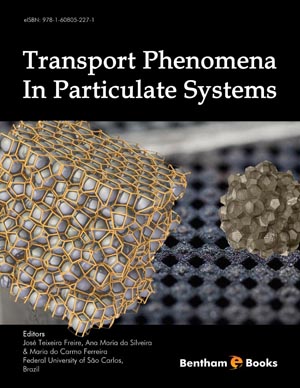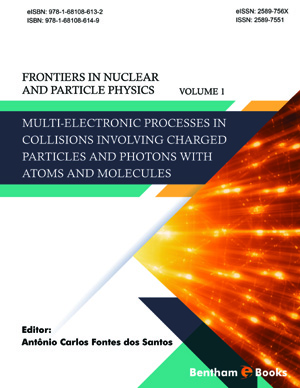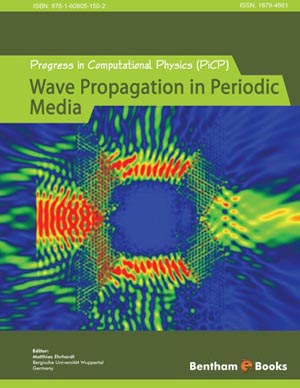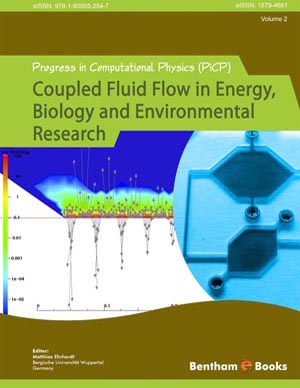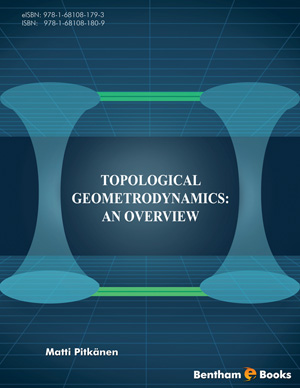Abstract
The food and pharmaceutical industries as well as power plants based on biomass deal with natural materials possessing a wide variety of characteristics. The variability of shapes, sizes, and morphological characteristics found in natural products brings additional difficulties to quantify the transfer processes in unit operations such as conveying, separation and drying, and even accurate description of their properties requires special precautions. The knowledge of how these materials behave as they are packed, conveyed, and fluidized is important to subsidize the design of equipment and processing plants. This chapter will be focused on the study of fluidization of natural materials of flat shapes. Although the fundaments of fluidization are well-known for powders and conventional particles, information is scarce in the literature for materials of sphericity under 0.5, which include a variety of particulate matter such as grains, seeds, stalks, and fresh leaves. The analysis will approach: an overview on the description of physical properties of particles; a review on the fundaments of fluidization and researches aimed at the study and investigation of fluidization applied to flat materials; and a case study with a description of the fluidization patterns obtained using different flat materials, and a discussion of the fluid dynamic curves obtained in the fluidization assays. The selected materials for this study include a few seeds and cereals (with sphericity around 0.5), some fresh leaves (with sphericity under 0.25) and manufactured particles. From this analysis one intend to draw information about the feasibility of fluidizing flat particles of different characteristics.
Keywords: Aspect ratio, fluidization, sphericity, flat particles, vibration.


